Exploring the costs of replacing a roof on a 3,000-square-foot house is crucial for homeowners seeking to maintain their property’s integrity. Factors like materials, labor, and additional considerations contribute to the overall expenses.
Let’s delve into these components to gain a clear understanding of what’s involved in this significant home improvement project.
How Much Does It Cost to Replace a Roof on a 3,000 Square Foot House?
Replacing a 3,000 sq. ft. roof costs around $14,250 to $30,000 on average. Most pay about $21,000 for a mid-grade architectural shingle replacement on a cross-gable roof.
Basic 3-tab shingles on a gable roof start at $9,000, while clay tiles on a cross-gable roof with deck reinforcement can reach $90,000.
Cost-Related Factors in Replacing a Roof of a 3,000 Square-Foot House
When contemplating the replacement of a roof on a 3,000-square-foot house, a variety of cost-related factors come into play.
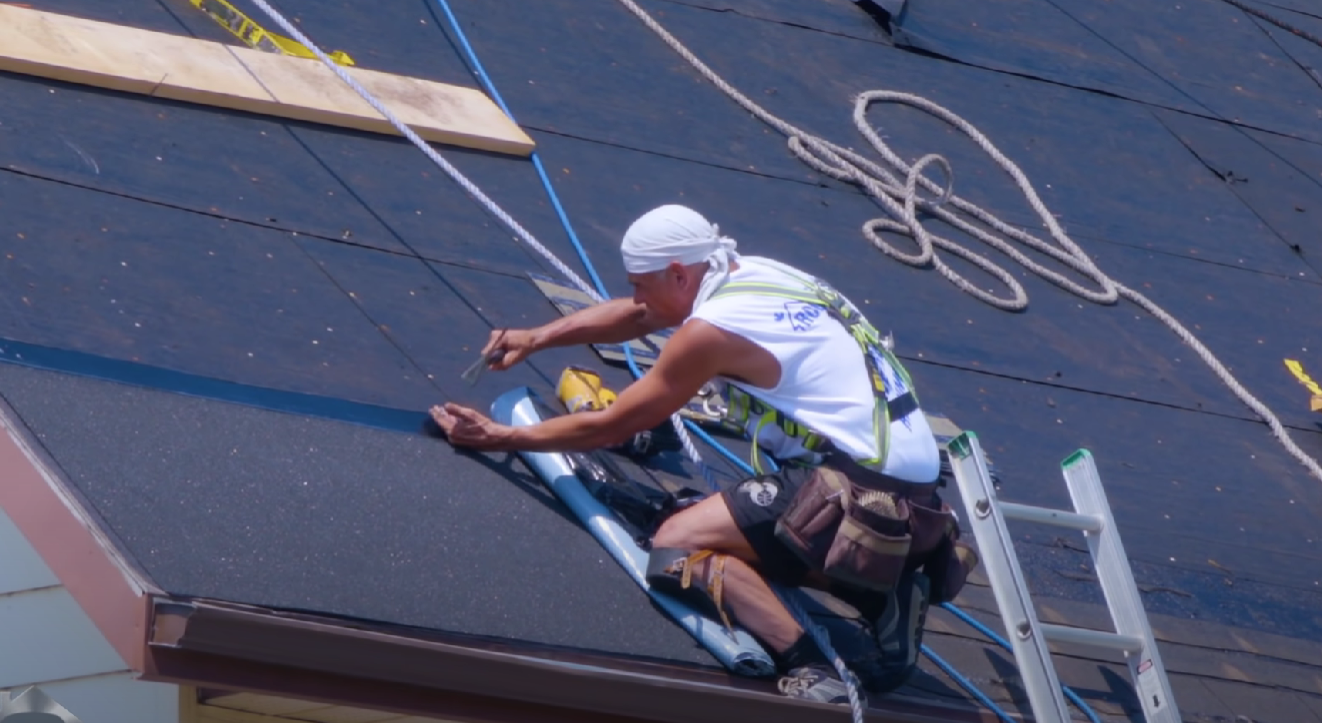
From materials to labor and additional considerations, each component contributes to the overall expenses associated with this substantial home improvement endeavor.
Choice of Roofing Material
The type of roofing material you select significantly impacts the cost of the replacement project.
Basic asphalt shingles are typically more budget-friendly, while premium options like architectural shingles, metal roofing, or clay tiles come with higher price tags due to their durability, aesthetics, and longevity.
Labor Costs
Labor costs constitute a substantial portion of the total expense. Factors such as labor intensity, complexity of the design, and any required customization or repairs can influence the overall labor charges.
Hiring skilled and experienced roofing professionals ensures quality workmanship but may also affect the cost.
Roof Design and Complexity
The design and complexity of your roof play a role in determining costs. A simple gable roof might be more cost-effective to replace compared to a more intricate cross-gable or hip roof with multiple angles, dormers, or valleys.
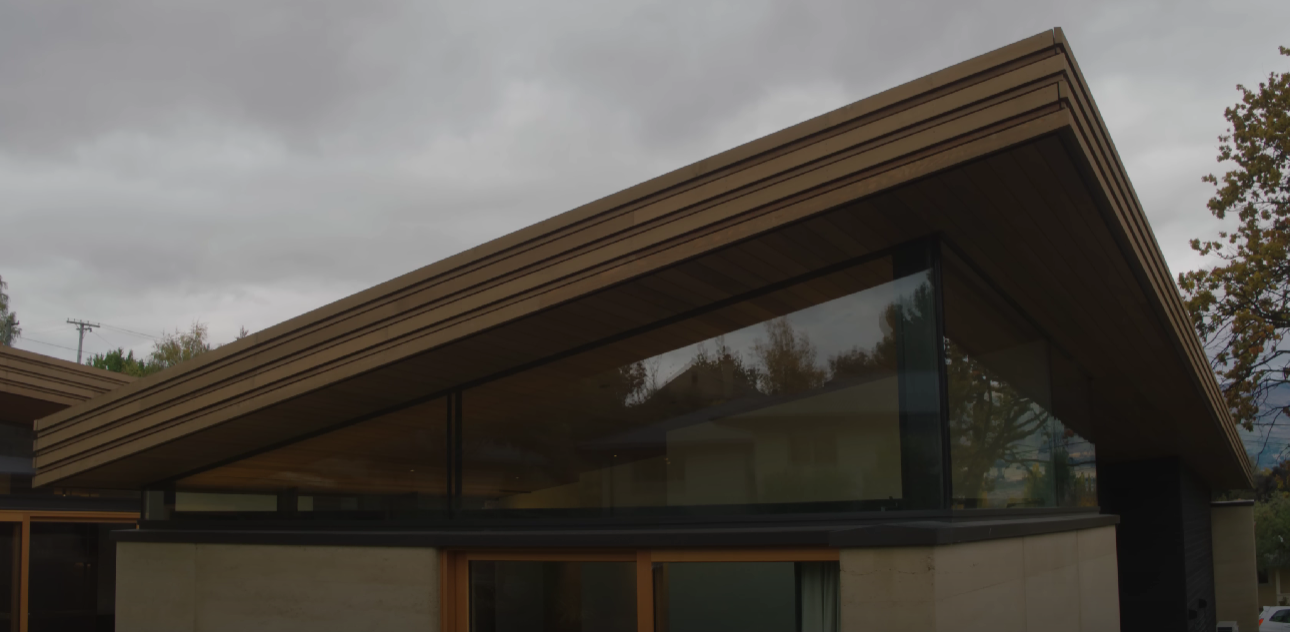
The complexity of the roof’s layout can impact the time and effort required for the replacement.
Underlying Damage and Repairs
Before replacing the roof, it’s essential to assess the underlying structure for any damage or necessary repairs. Addressing issues such as rot, water damage, or compromised decking can add to the overall cost but is crucial for ensuring the new roof’s stability and longevity.
Location and Regional Factors
Geographical location plays a role in roof replacement costs. Factors such as local building codes, permitting requirements, and climate conditions can influence the materials needed and the labor involved.
Urban areas or regions with higher living costs [1] might have slightly elevated labor rates.
Warranty and Long-Term Costs
Choosing a roofing material with a longer warranty might initially have a higher upfront cost but can offer cost savings in the long run by reducing maintenance and replacement needs.
Consider the trade-off between initial expenses and potential long-term benefits when selecting materials.
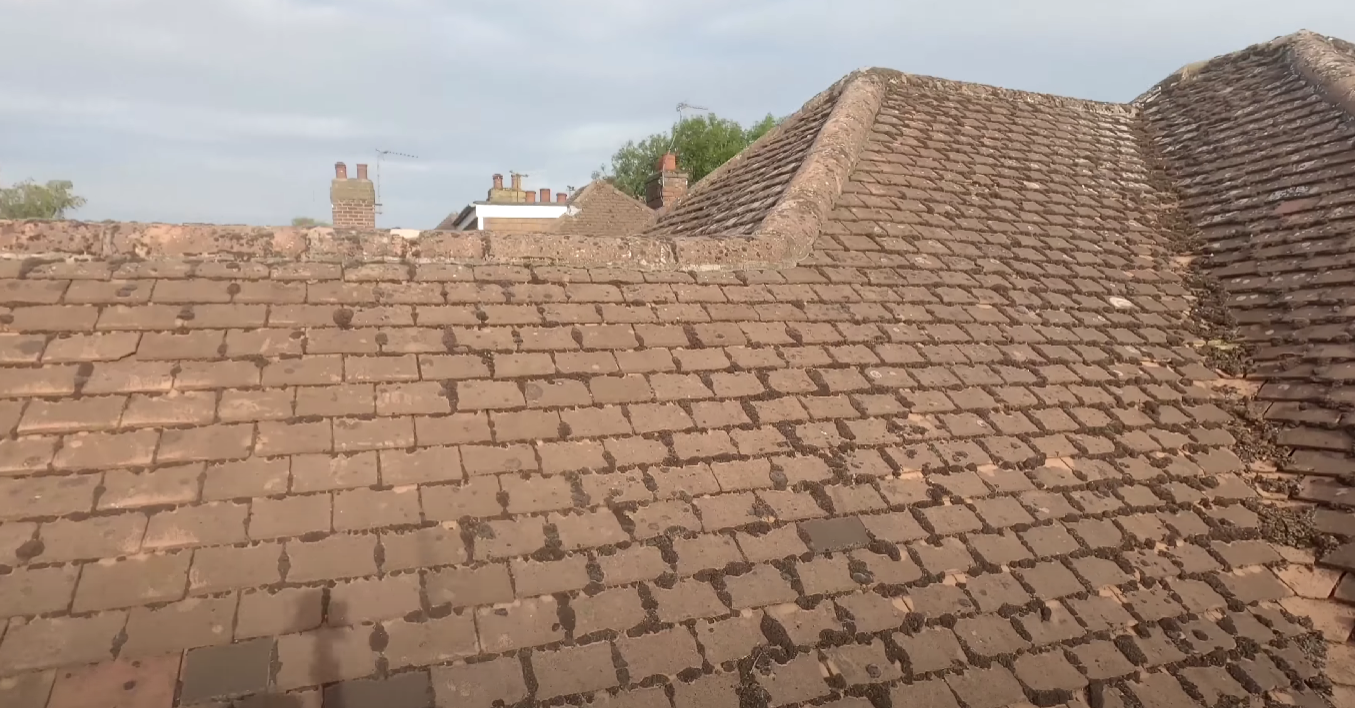
What Are the Additional Considerations and Costs?
When undertaking a roof replacement project, there are essential considerations and additional costs that homeowners should be aware of.
Beyond the primary factors of materials and labor, several important elements can impact the overall expenses and the success of the replacement endeavor.
Removal and Disposal
The removal and disposal of the existing roofing material is a crucial step in the replacement process. This entails labor, waste disposal fees, and potential transportation costs for hauling away the old materials.
The complexity of the removal, especially for heavier materials like tiles or metal, can influence the associated costs.
Ventilation and Insulation
Ensuring proper ventilation and insulation during the replacement is essential for maintaining a comfortable indoor environment and preventing moisture-related issues.
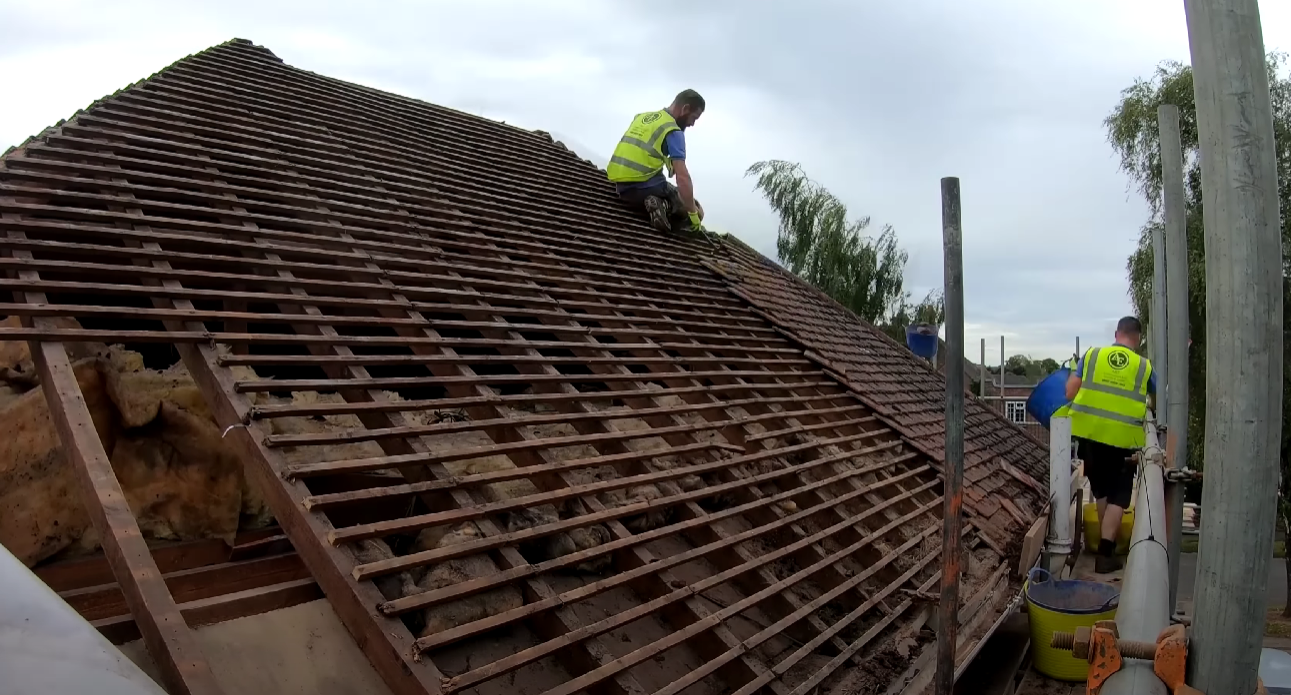
Upgrading or adjusting ventilation systems and insulation can involve additional expenses but contributes to energy efficiency and long-term comfort.
Flashing and Sealants
Flashing, sealants, and waterproofing are essential components for preventing leaks and maintaining the integrity of the roof. These materials, as well as the labor involved in their installation, contribute to the overall cost.
Proper flashing and sealant application are vital for safeguarding your home against water damage.
Gutter System Upgrades
Roof replacement offers an opportunity to assess and potentially upgrade your gutter system. Well-functioning gutters are crucial for directing rainwater away from the roof and foundation, preventing water-related damage. Investing in gutter maintenance or replacements can be an additional cost to consider.
Roofing Accessories and Enhancements
Depending on your preferences and needs, you might opt for additional roofing accessories such as snow guards, skylights, or solar panels. These enhancements can enhance the functionality and aesthetics of your roof but come with their associated costs.
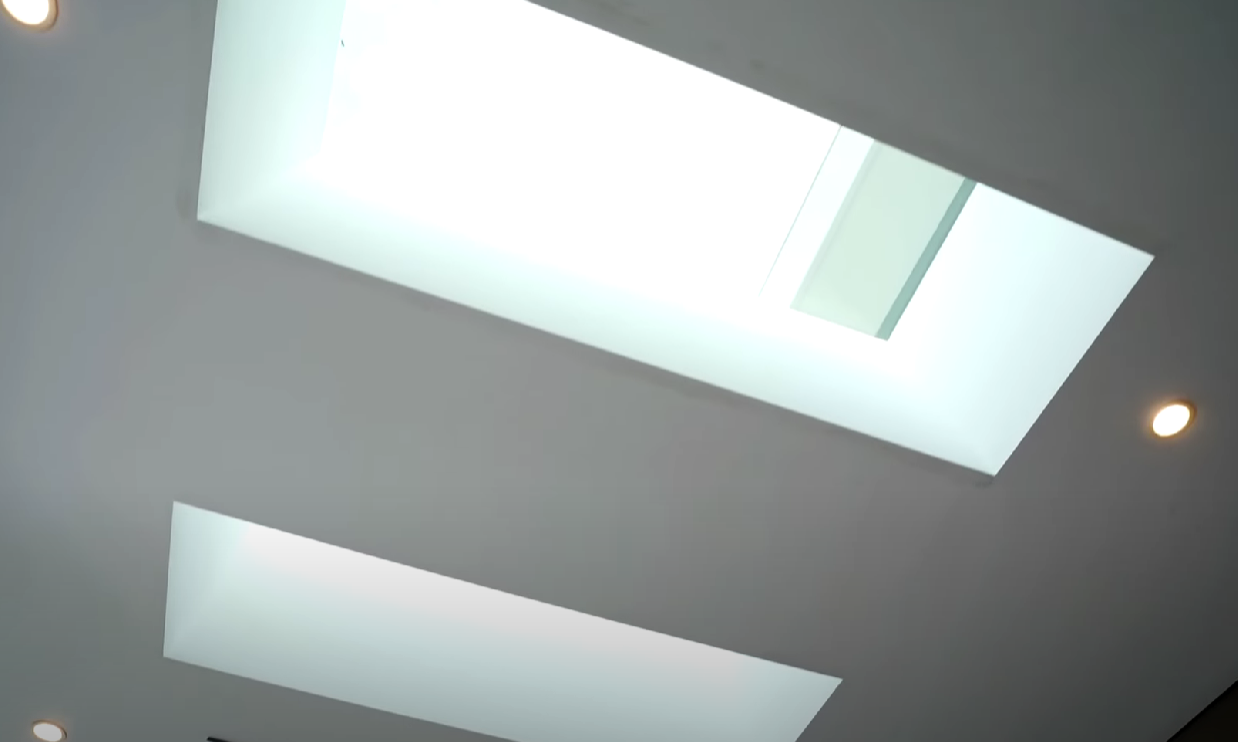
Repairs to Underlying Structures
Discovering underlying damage or structural issues during the replacement process can lead to unforeseen repair costs. Addressing these issues promptly is essential to ensuring the stability and longevity of the new roof.
Permitting and Code Compliance
Obtaining necessary permits and ensuring compliance with local building codes is essential for a successful roof replacement. Permit fees and adherence to regulations might contribute to additional costs but are crucial for a safe and legal installation.
How Long Does It Take to Roof a 3,000 sq. ft. House?
Roofing a 3,000 sq. ft. house typically takes around 2 to 5 days, depending on various factors such as the complexity of the roof design, weather conditions, the type of materials used, and the size of the roofing crew.
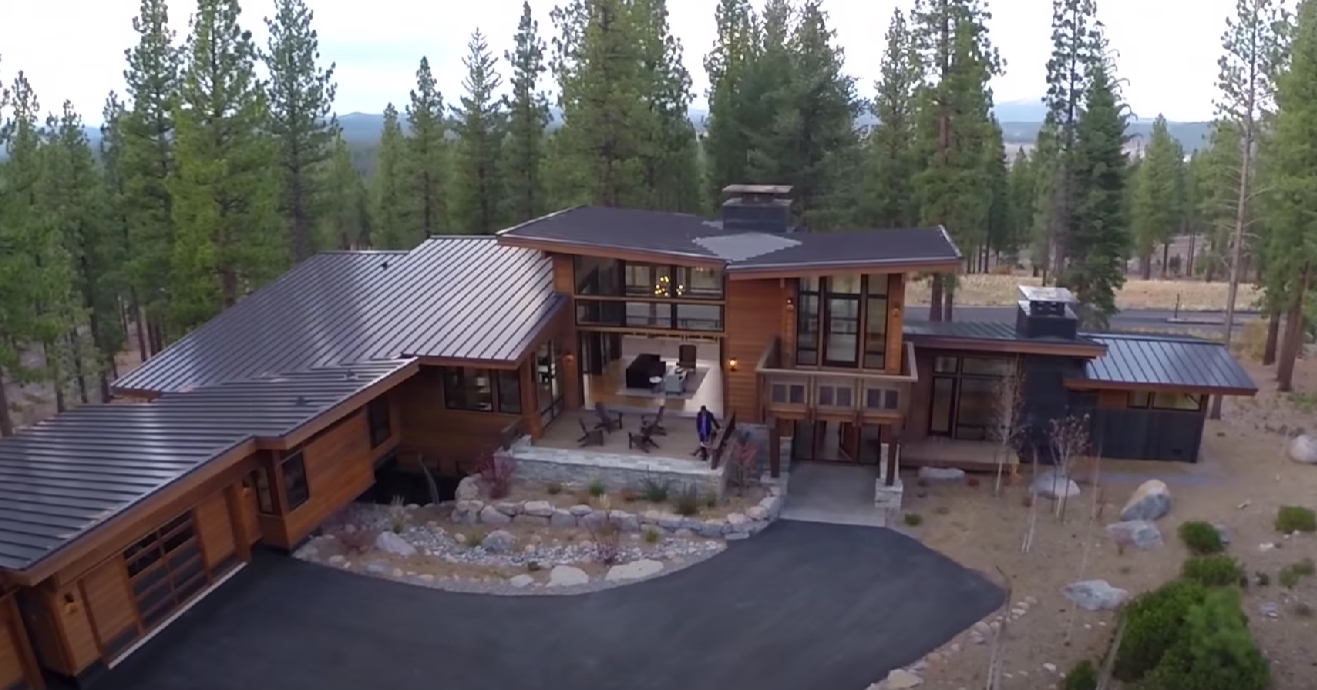
The process involves tasks like removing the old roofing, installing new materials, ensuring proper ventilation, and addressing any repairs or additional considerations.
Conclusion
Replacing a roof on a 3,000-square-foot house entails varying costs influenced by factors like materials, labor, design complexity, and location.
Understanding these considerations allows homeowners to make informed choices that align with their budget and ensure the durability and longevity of their home’s roofing solution.

